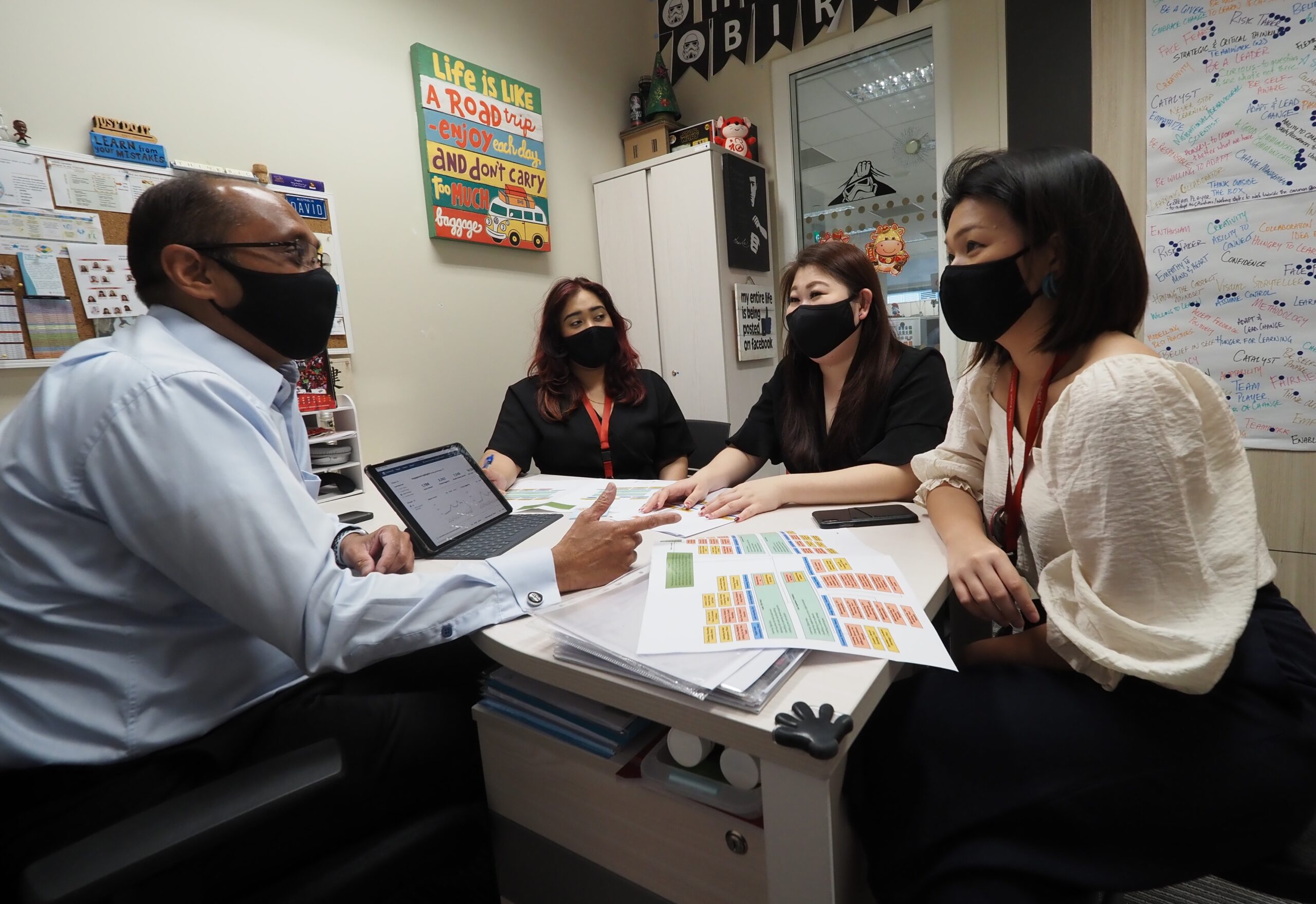Building and futureproofing the workforce of tomorrow

When the pandemic first began impacting Singapore in early 2020, health institutions such as Tan Tock Seng Hospital (TTSH) were faced with the challenge of meeting the increased healthcare needs in the country.
This in turn, prompted TTSH to re-look at how they learn at the workplace, shared David Hendrick, Director, Centre for Hospital Innovation, People Development, Tan Tock Seng Hospital.
Speaking with HRM Asia, he explained, “This is more crucial during the COVID-19 pandemic when staff needs to get trained quickly to manage surging workloads, cope with evolving guidelines, updates and new duties, while reducing time away from patient care due to training.”
Spearheading microlearning for the TTSH workforce, Hendrick brought learning in a bite-size and just-in-time format, while ensuring learning is proximal to work and supports and enhances social learning and collaboration.
He added, “Digital learning modalities allow for content to be pulled by the learner, anytime, anywhere and allows for the ease of learning and relearning.”
Futureproof workforces through sustainable learning
From being an operational support unit to build competencies, the role of learning and development (L&D) has evolved to be a key enabler to a digital workforce. This, said Hendrick, supports lifelong learning through Transformation or Worker 4.0, and the developing of lifelong employability.
He continued, “We need to put the learner at the centre and build processes and systems around the learner to allow the learning to be effective and in real-time. Building competencies to deepen today’s skills will continues, but the more important focus will be on building capabilities for tomorrow.”
These capabilities, Hendrick highlighted, will allow learners to be self-directed to learn and enhance skills, and be able to apply them across many different settings across teams, inter-disciplinary disciplines and navigate through Volatility, Uncertainty, Complexity and Ambiguity (VUCA).
Drawing on TTSH’s experiences, he continued, “Apart from competencies and capabilities building, the key to support a healthcare professional in a high-touch care continuum, would be how does one lead themselves and others, but also building relationships to deepen the organisation development through the complexity of healthcare, whether that’s in the hospital or going beyond to serve in the community.”
As TTSH’s L&D direction and priorities continue to evolve, the hospital is continuing to engage with institutes of higher learning (IHLs), learning partners and government agencies to build new learning approaches and modalities that allow learning to happen anytime, anywhere and to better support learners in the jobs that they do.
“And finally, building a coaching culture across the organisation will help support and enhance workplace learning, as well as futureproof the workforce for tomorrow,” Hendrick concluded.



